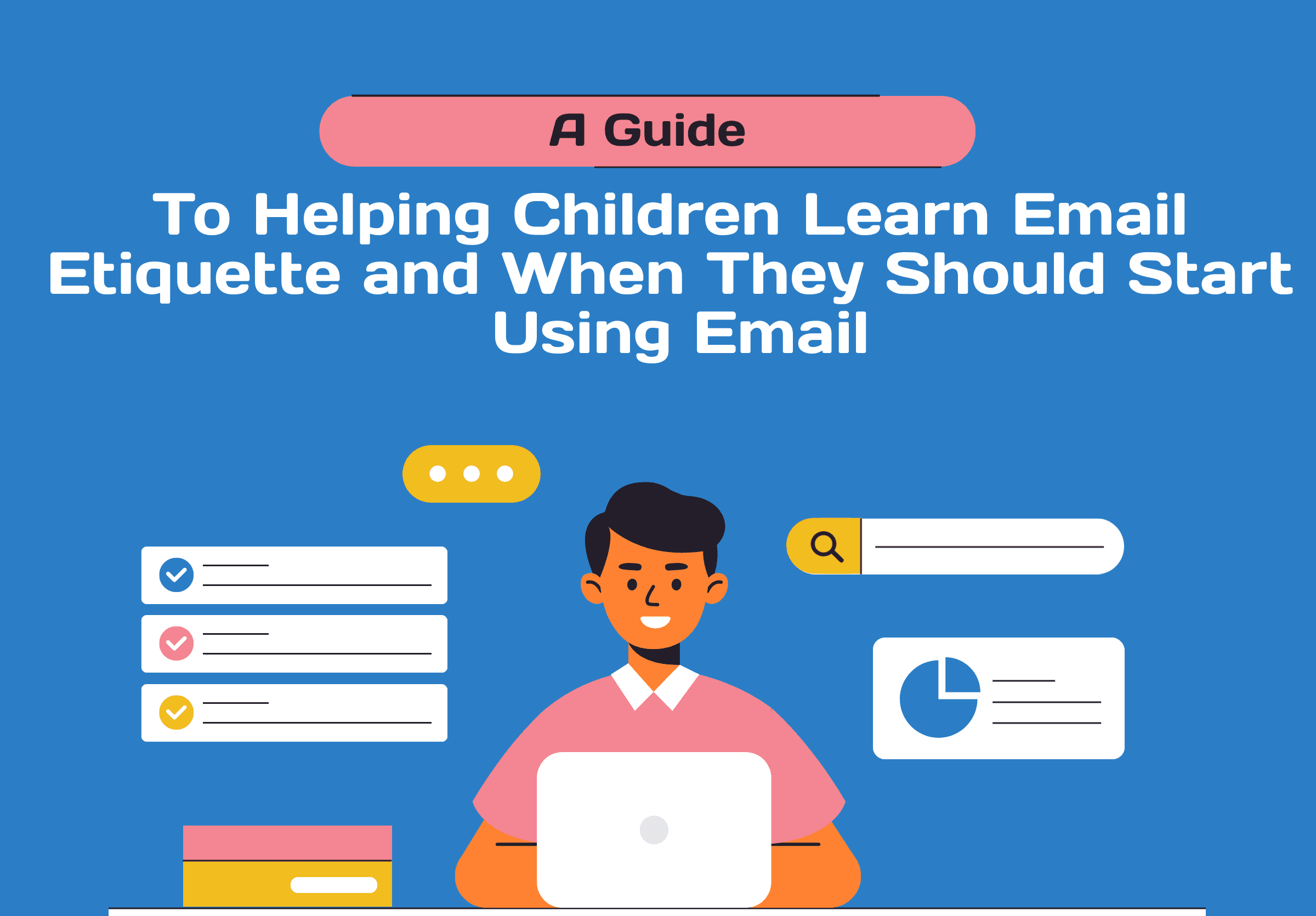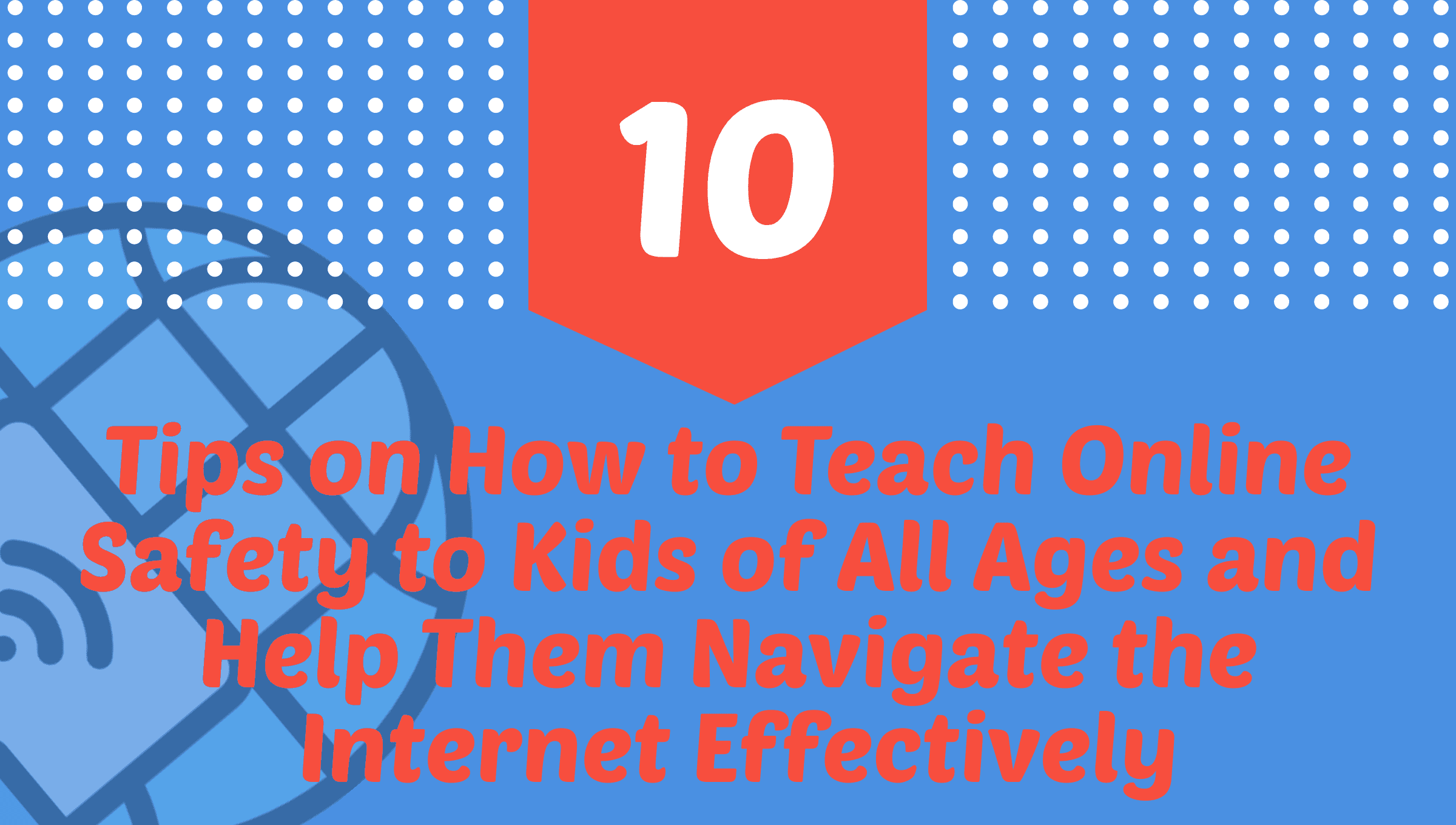Table of Contents

What is Domestic Violence, How Does it Affect Children, and How Prevalent is it in the U.S.?
Domestic violence is a pattern of abusive behavior that is used to gain power and control over a partner or family member. It can include physical, sexual, emotional, or economic abuse, as well as stalking and intimidation. Domestic violence affects individuals of all genders, ages, and backgrounds.
Children who witness domestic violence can experience a range of negative effects, including:
- Emotional and behavioral problems, such as anxiety, depression, and aggression
- Developmental delays
- Lower academic achievement
- Increased risk of substance abuse and other high-risk behaviors
- Physical health problems, such as headaches and stomachaches
Domestic violence is unfortunately prevalent in the United States. According to the National Coalition Against Domestic Violence, 1 in 4 women and 1 in 9 men experience severe intimate partner physical violence, sexual violence, or stalking. Additionally, approximately 15.5 million children in the United States have witnessed domestic violence in their homes.
It’s important to recognize the signs of domestic violence and to seek help if you or someone you know is experiencing abuse. There are resources available, such as hotlines, shelters, and counseling services, that can provide support and assistance. Remember, no one deserves to be abused, and there is help and hope for a life free from violence.
Children who witness domestic violence can experience a range of negative effects. Here are some of the ways in which domestic violence can affect children:
- Emotional and Behavioral Problems: Children who witness domestic violence may experience emotional and behavioral problems, such as anxiety, depression, and aggression. They may have trouble sleeping, eating, or concentrating and may struggle with trust issues.
- Developmental Delays: Domestic violence can cause developmental delays in children. This can include delays in speech, motor skills, and cognitive abilities.
- Lower Academic Achievement: Children who witness domestic violence may struggle with school due to emotional and behavioral problems, as well as absences from school.
How Prevalent is Domestic Violence in the United States?
Domestic violence is unfortunately prevalent in children in the United States. According to the National Survey of Children’s Exposure to Violence, conducted by the U.S. Department of Justice, approximately 1 in 15 children in the United States are exposed to intimate partner violence each year. This translates to over 5 million children who witness domestic violence annually.
Moreover, research has shown that children who experience domestic violence in their homes are at a higher risk of experiencing or perpetrating violence themselves later in life. This highlights the need for early intervention and support for children who have witnessed domestic violence, to help break the cycle of violence and promote healthy relationships.
It’s important to recognize the signs of domestic violence in children and to seek help if you suspect a child is experiencing abuse. There are resources available, such as hotlines, counseling services, and advocacy organizations, that can provide support and assistance to children who have witnessed domestic violence. Remember, no child deserves to experience abuse, and there is help and hope for a life free from violence.
How to get help?
If you or someone you know is experiencing domestic violence, there are resources available to provide support and assistance. Here are some ways to get help:
- Call the National Domestic Violence Hotline: The National Domestic Violence Hotline provides 24/7 support and assistance for individuals experiencing domestic violence. They can provide crisis intervention, safety planning, and referrals to local resources. You can call them at 1-800-799-SAFE (7233) or visit their website at www.thehotline.org for more information.
- Seek help from a local domestic violence organization: Many communities have domestic violence organizations that provide support, counseling, and advocacy services for individuals experiencing abuse. You can search online for local organizations or call the National Domestic Violence Hotline for referrals.
- Contact law enforcement: If you or someone you know is in immediate danger, call 911 or your local law enforcement agency.
- Talk to a healthcare provider: Healthcare providers can provide medical care and referrals to resources for individuals experiencing domestic violence.
Remember, it can be difficult to reach out for help when experiencing domestic violence, but it’s important to know that you are not alone and that there are resources available to support you.
The Impact of Domestic Violence on Children’s Well-being
Children who witness domestic violence face a myriad of challenges that extend beyond the immediate traumatic experience. Understanding the specific ways in which domestic violence affects them is crucial for developing targeted interventions and support systems.
Emotional and Behavioral Problems
One of the most apparent consequences of exposure to domestic violence in children is the manifestation of emotional and behavioral problems. Anxiety, depression, and aggression become common responses as they grapple with the intense and often confusing emotions associated with witnessing abuse. Sleep disturbances, changes in eating patterns, and difficulty concentrating are indicators of the psychological toll on these young minds.
Developmental Delays
Domestic violence can hinder a child’s developmental progress. Delays in speech, motor skills, and cognitive abilities may arise, impacting their overall growth. The stress and instability caused by living in an abusive environment can disrupt the formation of crucial neural connections, potentially affecting a child’s ability to learn and adapt.
Lower Academic Achievement
The detrimental effects of domestic violence can extend to a child’s academic performance. Emotional and behavioral challenges, coupled with increased absenteeism due to the tumultuous home environment, create hurdles in the learning process. Breaking the cycle of violence requires recognizing the correlation between domestic abuse and academic struggles, prompting the need for targeted educational interventions and support.
The Prevalence of Domestic Violence in the Lives of American Children
To address the issue effectively, it’s crucial to understand the prevalence of domestic violence in the lives of American children.
National Survey of Children’s Exposure to Violence
The National Survey of Children’s Exposure to Violence, conducted by the U.S. Department of Justice, reveals alarming statistics. Approximately 1 in 15 children in the United States are exposed to intimate partner violence each year, translating to over 5 million children who witness domestic violence annually. These numbers underscore the urgent need for comprehensive strategies to protect and support these vulnerable individuals.
Long-Term Consequences
Research indicates that children exposed to domestic violence are at a higher risk of perpetuating or experiencing violence in their own relationships later in life. Breaking this cycle requires not only addressing immediate safety concerns but also implementing long-term interventions to support healthy relationship development and conflict resolution skills.
How to Get Help: A Roadmap to Recovery
Recognizing the signs of domestic violence is crucial, and taking proactive steps to seek help can make a significant difference in the lives of those affected.
National Domestic Violence Hotline
The National Domestic Violence Hotline (1-800-799-SAFE or www.thehotline.org) stands as a beacon of support, offering 24/7 assistance, crisis intervention, safety planning, and referrals to local resources. A vital lifeline for individuals experiencing domestic violence, the hotline ensures that help is just a call or click away.
Local Domestic Violence Organizations
Communities often have dedicated organizations providing support, counseling, and advocacy services for individuals experiencing abuse. Seeking help from these local resources can offer personalized assistance and guidance tailored to the specific needs of survivors.
Law Enforcement and Healthcare Providers
In immediate danger, contacting law enforcement (911) is paramount. Healthcare providers also play a crucial role by offering medical care and connecting survivors with essential resources. Their role extends beyond treating physical injuries to addressing the holistic well-being of individuals affected by domestic violence.
A Call for Collective Action
The alarming increase of domestic violence against children in the U.S. demands a collective response. By understanding the profound impact on children’s well-being and promoting accessible avenues for help, society can work towards breaking the cycle of violence and fostering environments where every child can thrive. The journey towards a life free from violence requires commitment, awareness, and a united effort to build a safer and more compassionate future.
Empowering Change: Building a Future Free from Violence
The journey to combat the alarming increase of domestic violence against children in the U.S. requires a multi-faceted approach. Beyond immediate interventions, there is a pressing need for societal awareness, education, and policy changes to create an environment where violence is not tolerated, and support is readily available.
Education and Awareness
Raising awareness about the profound impact of domestic violence on children is a crucial step towards prevention. Educational programs in schools, communities, and online platforms can equip individuals with the knowledge to recognize signs of abuse and provide support. Normalizing open conversations about healthy relationships and conflict resolution can contribute to breaking the cycle of violence from one generation to the next.
Policy Changes and Advocacy
Policy plays a pivotal role in addressing domestic violence. Advocacy for laws that protect survivors, allocate resources for support services, and hold perpetrators accountable is essential. Collaborative efforts between government agencies, non-profit organizations, and community leaders can pave the way for systemic changes that prioritize the safety and well-being of children.
Long-Term Support for Survivors
Breaking free from an abusive situation is a courageous step, but the journey towards healing is ongoing. Long-term support services, including counseling, therapy, and community programs, are vital for survivors to rebuild their lives. Investing in resources that address the complex trauma resulting from domestic violence is essential for empowering survivors and preventing the recurrence of abuse in their lives.
Conclusion: A Call to Action
The alarming increase in domestic violence against children demands our collective attention and action. Understanding the far-reaching consequences of this pervasive issue is the first step towards building a safer, more compassionate future. By fostering awareness, advocating for policy changes, and providing unwavering support to survivors, we can break the cycle of violence and create environments where children can thrive without fear.
In times of crisis, reaching out for help is not a sign of weakness but a testament to strength. Whether you are an individual experiencing abuse, a concerned friend, or a community member, your role in supporting those affected by domestic violence is crucial. Together, we can create a society where every child grows up in an environment free from the shadows of violence, and where the cycle of abuse is replaced with a cycle of healing, resilience, and hope.
FAQ
What is domestic violence, and how does it impact children?
Domestic violence is a pattern of abusive behavior used to gain power and control over a partner or family member. Children who witness domestic violence may experience emotional and behavioral problems, developmental delays, lower academic achievement, and physical health issues.
How prevalent is domestic violence against children in the U.S.?
Domestic violence is unfortunately prevalent in the United States. Approximately 1 in 15 children are exposed to intimate partner violence each year, totaling over 5 million children annually.
How can I get help if I or someone I know is experiencing domestic violence?
You can call the National Domestic Violence Hotline at 1-800-799-SAFE (7233) or visit their website for support, crisis intervention, safety planning, and referrals to local resources. Additionally, seek help from local domestic violence organizations, contact law enforcement if in immediate danger, or talk to a healthcare provider for medical care and referrals.
What are the long-term consequences of domestic violence on children?
Children exposed to domestic violence may experience emotional and behavioral problems, developmental delays, and lower academic achievement. Research also suggests they are at a higher risk of perpetuating or experiencing violence in their own relationships later in life.
How can society address the increase in domestic violence against children?
By raising awareness, advocating for policy changes, and providing long-term support for survivors, society can work towards breaking the cycle of violence and creating environments where children can thrive without fear.



